In the summer of 1941, the Nazis and their collaborators shot and killed residents, mostly Jews, from Utena, Tauragnai, Molėtai and other locations, in this part of the Rašė forest.
On 14 July 1941, notices were posted in Utena, ordering all the Jews of Utena to leave the city within 12 hours. It was threatened to shoot those who failed to obey. About two thousand Jews were confined in a camp set up in the Šilinė forest, from which groups were led away to the killing site in Rašė forest. The first mass shooting of Utena's Jews was carried out on 31 July 1941. 251 Jewish people were killed: 235 men and 16 women. On 7 August 1941, the second stage of the mass killings was carried out. 570 Jewish people were shot: 483 men and 87 women. The Utena ghetto was "liquidated" and Utena's remaining Jews were killed on 29 August 1941. 3,782 Jewish people from Utena and Molėtai were shot (Karl Jäger's number was provided for both locations in total). It is difficult to determine the precise number of those killed, so Karl Jäger's report is usually cited.
After the end of the Second World War, a memorial obelisk was built at the site of the killings at the initiative and with the funds of those of Utena's Jews who survived the Holocaust.
In memory of the victims of the Holocaust, the sculpture Skausmas (Pain), created by local sculptor Valentinas Šimonėlis, was placed at the site in 1988.
This site, forever reminding us of the Holocaust, is listed on the Registry of Cultural Heritage Properties.

+14



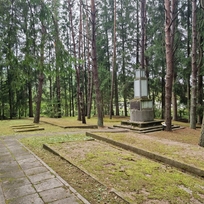


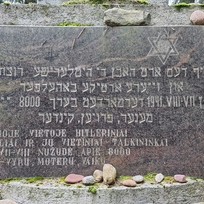

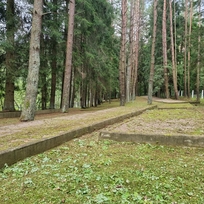
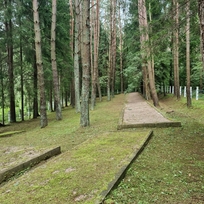



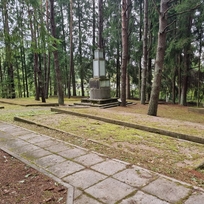


Reviews